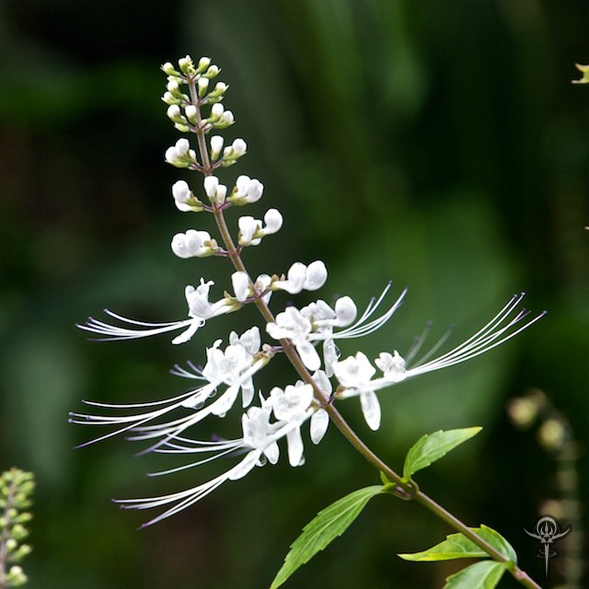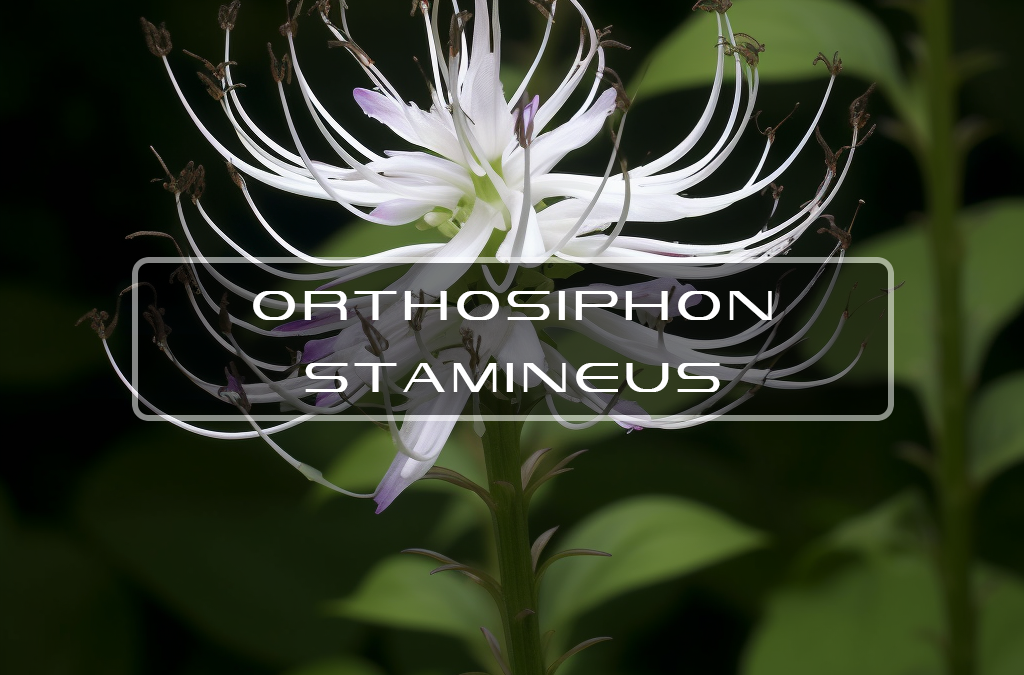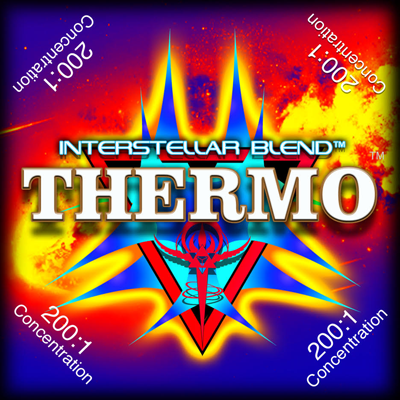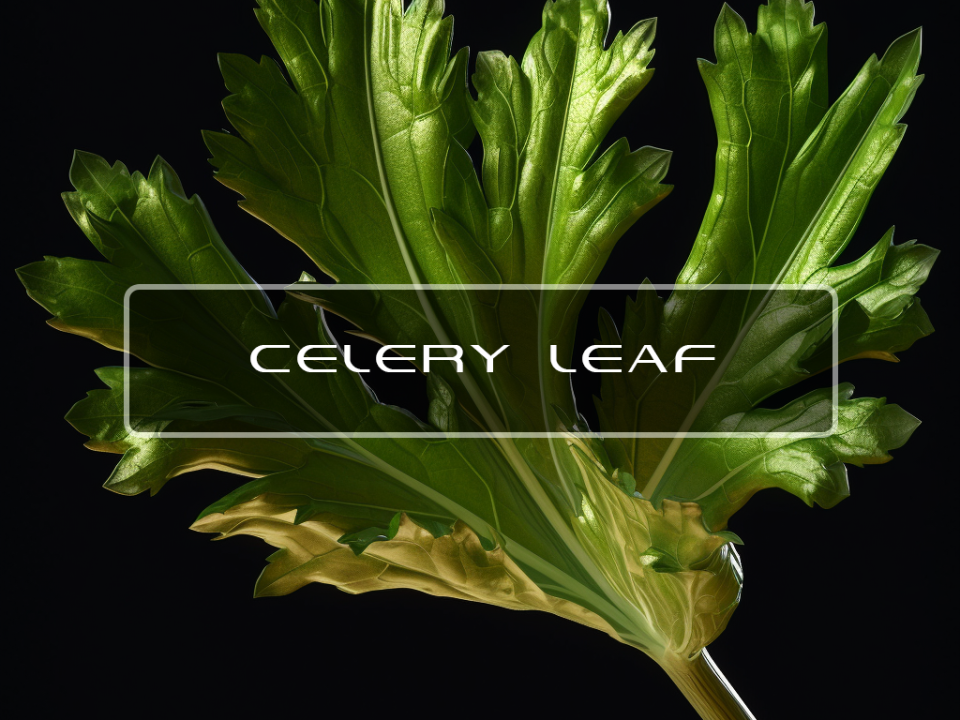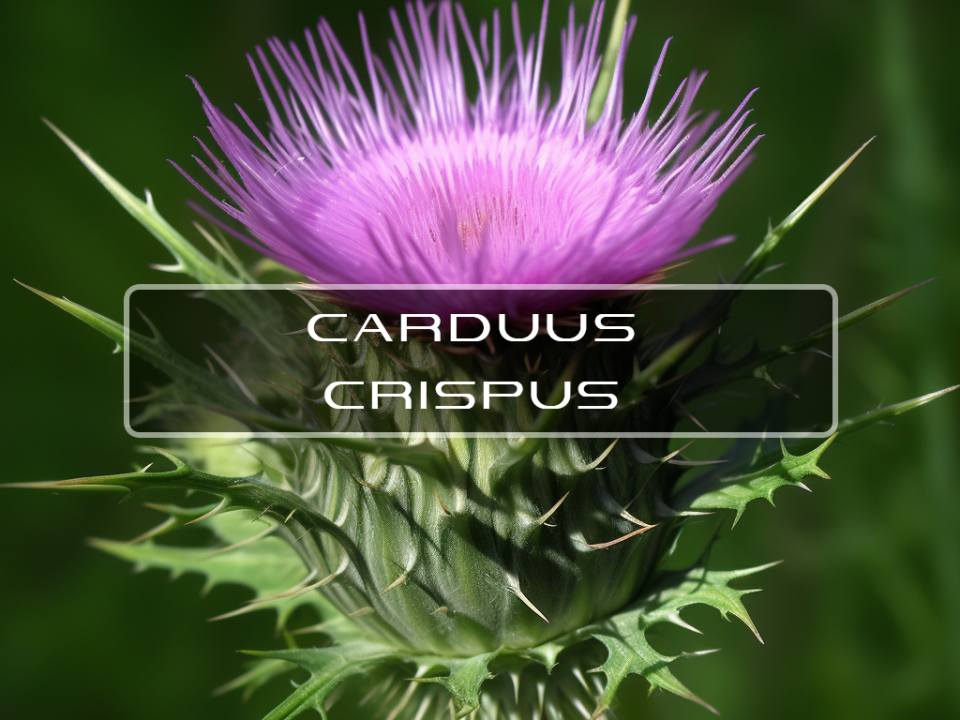
Lactarius Flavidulus
September 17, 2018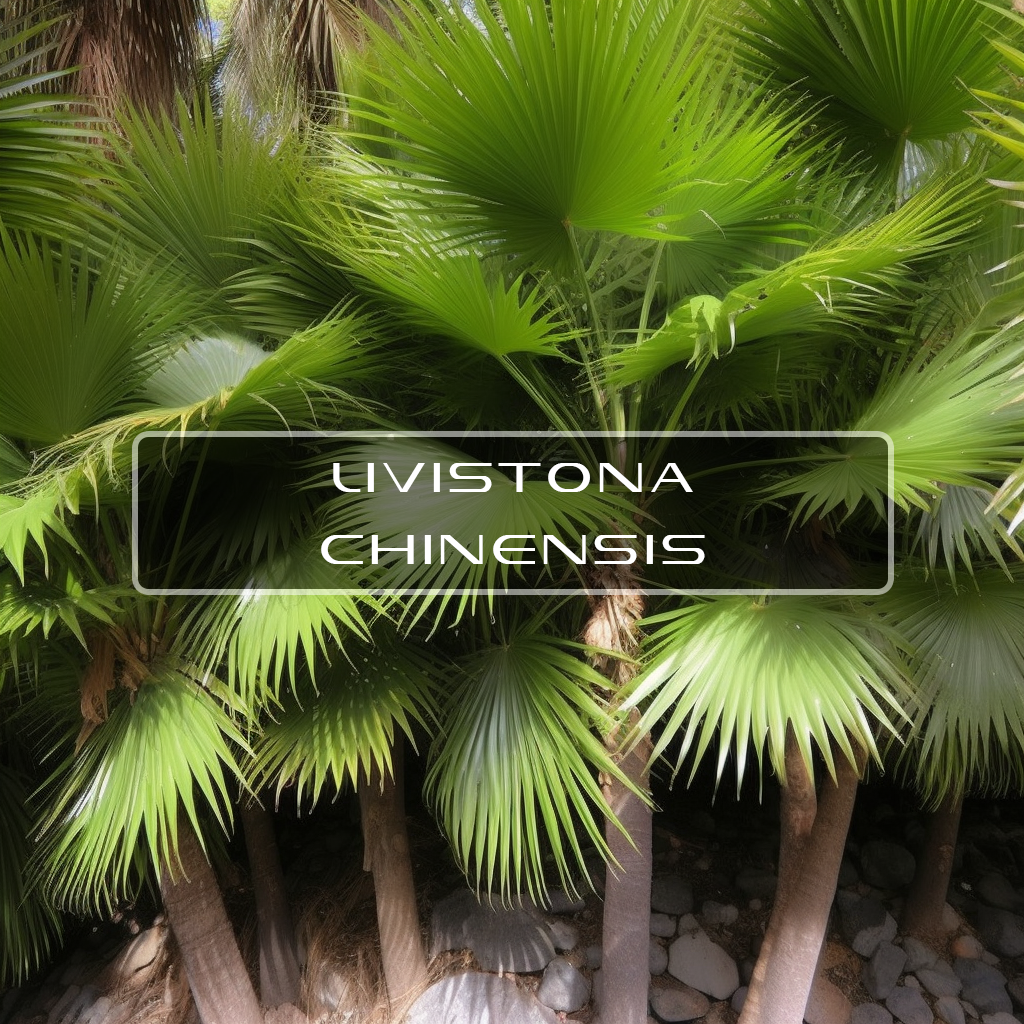
Livistona Chinensis
September 25, 2018Orthosiphon Stamineus
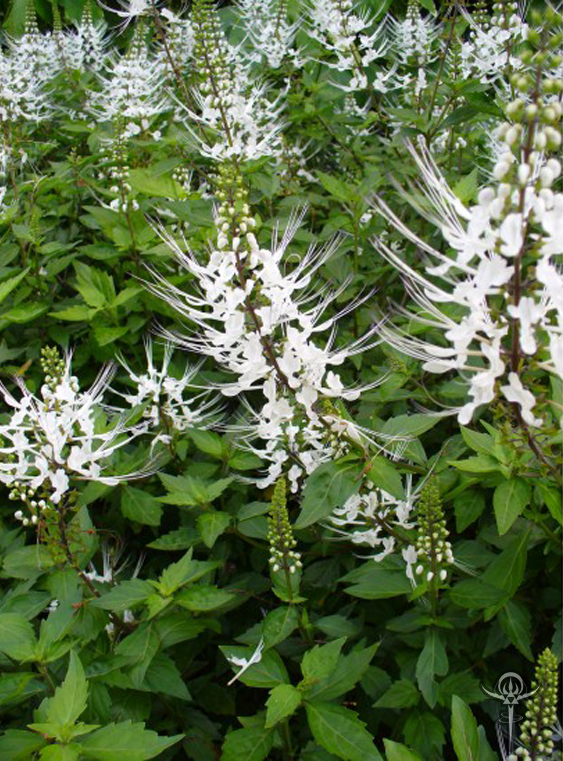
This herb has also been known as the Cat's Whiskers and contains a purple or white variations of the plant which are both utilized to treat diabetes, high blood pressure and muscular pain.
It has been shown to treat inflammatory issues as well as cancer, and hepatitis. While research is still being conducted on this herb many things have been discovered about it's properties and below we will begin to discuss these.

Benefits of Orthosiphon Stamineus
These results demonstrated that the antitumor activity of EOS may be due to its VEGF-targeted antiangiogenicity.
Chemotherapeutic - Cat’s whiskers (Orthosiphon stamineus) leaves extracts were prepared using supercritical CO2 (SC-CO2) with full factorial design to determine the optimum extraction parameters.
The optimized extract (B2) displayed selective cytotoxicity against prostate cancer (PC3) cells (IC50 28 µg/mL) and significant antioxidant activity (IC50 42.8 µg/mL).
Chemometric analysis revealed high content of essential oils, hydrocarbon, fatty acids, esters, and aromatic sesquiterpenes in B2. This study highlights the therapeutic potentials of SC-CO2 extract of cat’s whiskers in targeting prostate carcinoma.
Antimicrobial - In this study ethanol and aqueous extracts of O. stamineus were evaluated in vitro for their antioxidant, antimicrobial as well as for their immunomodulatory properties on human peripheral blood mononuclear cells (PBMCs).
The best antimicrobial activity was shown by the aqueous extract of O. stamineus against Staphylococcus aureus, with inhibition zone of 10.5 mm and MIC value 1.56 mg/mL.
These findings indicate that O. stamineus showed high antioxidant activity and may be considered as an immunomodulatory agent.
Anti-Inflammatory - The aim of the present study was to verify the anti-inflammatory activity of Orthosiphon stamineus leaf extracts and to identify the active compound(s) contributing to its anti-inflammatory activity using a developed HPLC method.
These results suggest that the anti-inflammatory properties of these CF2 may possibly be due to the presence of flavonoid compounds capable of affecting the NO pathway.
The results of the present study support the proposal that O. stamineus has anti-inflammatory and non-narcotic analgesic activities. These findings justify the traditional use of the plant for treating pain and inflammation.
In vitro, EOS inhibited migration and tube formation of HUVECs. HPLC data showed high content of rosmarinic acid in EOS. This work supports previous anti-tumor works on the plant in which suppression of VEGFR phosphorylation is thought to be involved.
Antiproliferative Effects - Eupatorin is a flavone which is found in various medicinal plants. It is present in Orthosiphon stamineus, a plant widely used in southeast Asia for the treatment of various diseases
In this study, we aimed to identify a possible mechanism of action for the antiproliferative effect of eupatorin, which can be attributed to CYP1 family-mediated metabolism.
The study focuses on the antiproliferative action of eupatorin on the human breast carcinoma cell line MDA-MB-468 and on a cell line derived from normal mammary tissue, MCF-10A.
Eupatorin is shown by this study to be a very promising chemopreventative candidate that should be examined further in an in vivo study.
In our study, we investigated the antiproliferative properties of a chloroform extract of the leaves of O. stamineus and of pure eupatorin.
The ability of eupatorin to nonspecifically inhibit many protein kinases was proven and is the probable cause of its cellular effects. In summary, eupatorin emerges as a promising agent in anticancer research.
Antioxidant - The focus of the current work was to study the antioxidant and anti-inflammatory effects of methanol, ethanol and water extracts from O. aristatus (abbreviated as MEOA, EEOA and WEOA, respectively).
These assays demonstrated a relatively high antioxidant activity for MEOA and EEOA.
These results demonstrate that EEOA and its bioactive compound, ursolic acid, suppress LPS-induced NO and PGE2 production by inhibiting ROS generation, along with reducing expression of iNOS and COX-2 in RAW 264.7 cells.
